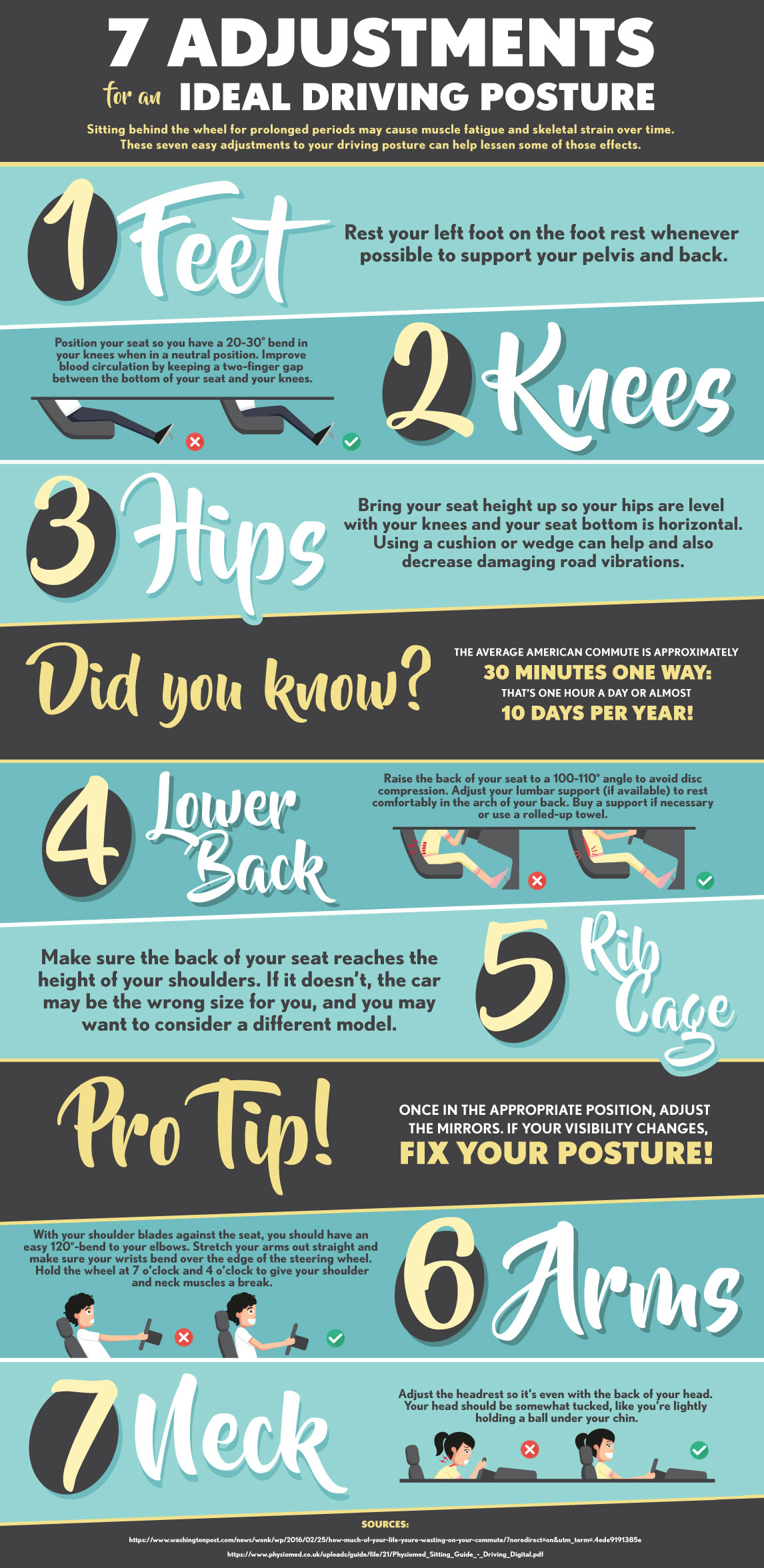The Effect Of Pose On Pain In The Back: Standards For Maintaining Good Placement Throughout Your Day-To-Day Routine
The Effect Of Pose On Pain In The Back: Standards For Maintaining Good Placement Throughout Your Day-To-Day Routine
Blog Article
https://www.healthline.com/health/inversion-table By-Bush Fox
Maintaining appropriate position isn't just about sitting up right; it has to do with straightening your body in a manner that supports your spinal column and reduces the threat of neck and back pain. The way you sit, stand, and relocate throughout the day can significantly influence your back wellness. But just how precisely can you ensure excellent positioning regularly, even throughout busy days loaded with various activities? Let's dive deeper right into the refined yet impactful changes you can make to your day-to-day routine to maintain your back happy and healthy.
Relevance of Correct Pose
Appropriate posture is important in preserving a healthy and balanced back and preventing pain. When you sit or stand with good pose, your spine remains in positioning, minimizing stress on your muscular tissues, ligaments, and joints. This placement allows the body to distribute weight evenly, stopping extreme anxiety on specific areas that can bring about pain and discomfort. By maintaining your back correctly lined up, you can likewise enhance your breathing and food digestion, as slouching can compress organs and limit their functionality.
In addition, keeping great stance can improve your general look and confidence. When you stand tall with your shoulders back and head held high, you show self-confidence and show up more approachable. chiropractor acupuncture near me can additionally make you really feel more energized and alert, as it advertises correct blood flow and permits your muscles to function effectively.
Including appropriate posture into your everyday regimen, whether sitting at a workdesk, walking, or working out, is essential for stopping neck and back pain and promoting total well-being. Keep in mind, a little adjustment in just how you hold yourself can make a significant distinction in exactly how you really feel and work throughout the day.
Common Postural Mistakes
When it concerns maintaining excellent position, many individuals unknowingly make common blunders that can contribute to pain in the back and pain. Among one of the most widespread mistakes is slouching or stooping over while sitting or standing. This position puts extreme stress on the back and can bring about muscle mass inequalities and discomfort over time.
One more usual blunder is overarching the lower back, which can squash the all-natural contour of the back and create pain. In addition, crossing legs while resting may feel comfortable, however it can create an imbalance in the hips and hips, leading to postural problems.
Making use of a pillow that's too soft or also strong while sleeping can also influence your placement and contribute to pain in the back. Lastly, frequently craning your neck to look at screens or adjusting your setting regularly can stress the neck and shoulders. Being mindful of these common postural mistakes can aid you keep better placement and lower the danger of back pain.
Tips for Correcting Alignment
To improve your placement and lower neck and back pain, it's essential to focus on making small adjustments throughout your everyday regimen. Beginning by being mindful of your pose. When resting, guarantee your feet are level on the floor, your back is straight, and your shoulders are loosened up. Avoid slouching or leaning to one side. Usage pinched nerve lincoln square or cushions to sustain your lower back.
When standing, distribute your weight evenly on both feet, maintain your knees slightly curved, and tuck in your pelvis. Engage your core muscular tissues to support your back. Take breaks to extend and walk if you have a sedentary work. Integrate workouts that strengthen your core and back muscles, such as slabs or bridges.
While resting, utilize a pillow that supports the all-natural curve of your neck to preserve proper spinal alignment. Avoid sleeping on your tummy, as it can strain your neck and back. By bearing in mind these ideas and making small modifications, you can slowly fix your alignment and ease pain in the back.
Final thought
Bear in mind, keeping great posture is vital to avoid pain in the back and promoting spinal health. By bearing in mind your alignment, dispersing weight evenly, and engaging your core muscles, you can lower strain on your back and minimize the danger of discomfort and injury. Incorporate ergonomic assistance, take normal breaks to extend, and strengthen your core and back muscle mass to maintain correct positioning throughout the day. Your back will certainly thank you for it!
